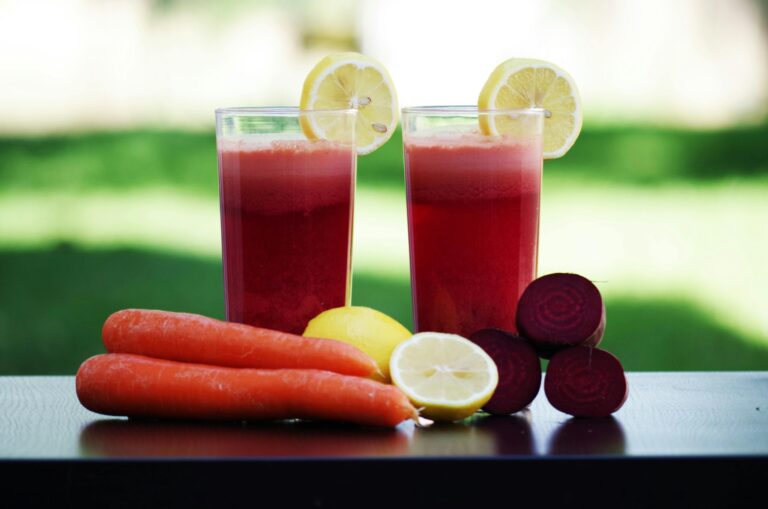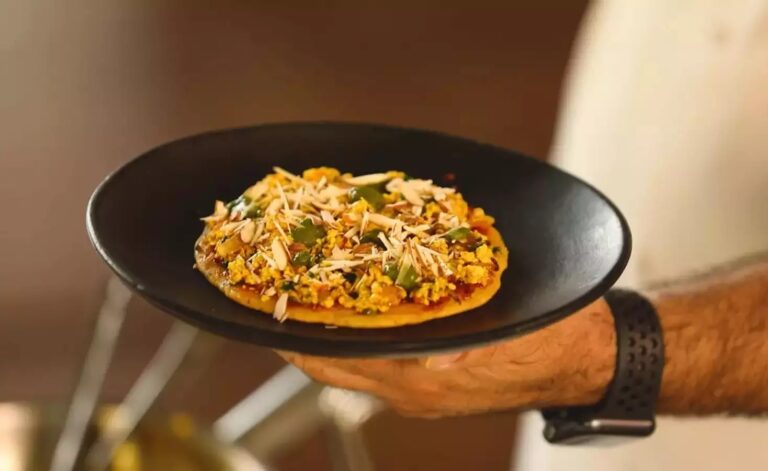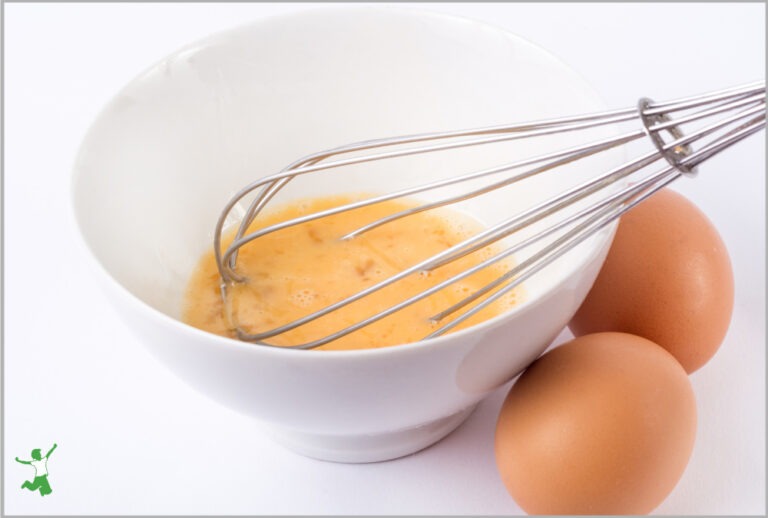Quality sourcing leads to quality outcomes as far as the ingredients and end products are concerned.
All of the insights below are from my Gurus: Dr. Natasha Campbell-McBride, Chef Monica Corrado, Amy Mihaly, Linda Paterson and others.
It is very important that vegetables and fruits are organic sourced whenever, wherever possible. Whenever this is not possible, ensure that the vegetable and fruits are well washed.
Chicken: as far as possible, get the country (gaonti) type that has been a free ranging chicken on a natural diet of insects and grasses. Chickens are omnivores. They are not designed to eat grain diets. Grain fed chickens have an unfavourable ratio of omega-6 poly-unsaturated fats in their fat. Some chickens are fed minimally on a grain diet when let out first thing in the morning. This is acceptable. Fully grain fed chickens are a last resort. Always have chicken with its skin.
Pork: only farmed pork is available in India. These too, are fed a high soy diet. Pigs that are fed vegetable and kitchen scraps diets are the best type. Check with your pork supplier. It is always advisable to marinate your pork in yogurt or kefir for 6-8 hours at room temperature, before cooking it. Use pork liberally with its own fat. Never consume lean animal meat. It is not natural. In nature meat is always accompanied by its fat. It also helps in digestion and is much more satiating (feeling of fullness and contentedness). If the meat you bought is lean, add plenty of animal fat to it for cooking: ghee, butter or lard (pork fat).
Goat or Sheep: In India, goats and sheep are mainly pastured: they are grazed on natural grasses in open country. However, on inquiry, butchers will tell you whether they are completely, partially fed on grains or commercial feed.
Tip: commercial feed fattens the animal. This fat, as in chickens, generates more omega 6 fats in the animal that is evolutionarily inconsistent. The more the fat, the more the grain feed as a general rule. An old farming practice before sending animals for butchering is to keep them on a very high grain feed a few weeks before they are harvested. It is called: fattening, in common parlance.
If your meat is minimally grain fed and majorly grass fed, request for, or pay for extra fat. This fat contains good amounts of fat soluble vitamins: A, D, E, K (K2. The right vitamin K for the body’s use). Besides, it is also mineral rich, along with a healthy mix of mono, poly and saturated animal fats: healers, life givers, hormone balancers, natural suppressors of cravings and hunger plus blood sugar/glucose stabilisers.
Milk: as far as possible, use organic, raw, un-pasteurised milk from local Indian cows and buffalo.
Before buying the milk, check on what the animal has been fed. If the feed is grains and corn, avoid it. The websites do mention what their animals are fed.
Often times, for people who are GAPS individuals, the milk from Holstein cows could be a problem. Check with your supplier.
If the cows are Jersey cows, or Jerseys cross bred with Indian breeds, it is okay. Even pure Jersey cow milk is okay. However, feed is important.
Do Not buy milk that claims it is from Gir cows, unless you can verify what the cows have been fed. The Gir cow is not the problem. It is what they have been fed, and how they have been treated that produces the results in their milk.
As a rule: say No to milk that is produced from animals that are not treated with love and respect, and fed a natural diet: grasses and herbs, and allowed to roam freely. Buying milk from confined and sick animals, is not conducive to your own health or the health and well being of the animals.
Animals that have not been exposed to the sun, do not have adequate quantities of vitamin-D in their milk. They are also frequently sick and depressed, needing hormones, antibiotics and anti-inflammatories, all of which end up in your body. This is why it is important to do adequate research, and, possibly going and checking out the facilities the animals are kept in before buying. Check, verify, proceed.
When you do find dairy farmers (and you have personally verified) that treat their animals with love, respect, care and allow them free roaming and grazing, appreciate them, rate them on Google, add an appreciative review and recommend them to the GAPS community. Good sourcing is difficult, but crucial to good outcomes. Share with others.
All milk from well nurtured animals is acceptable on the GAPS Protocol: cow, buffalo, goat, camel, donkey or sheep.
All the milk used for GAPS Protocol is un-pasteurised/raw. If for any reason, raw milk is not available, but the quality is good, pasteurised milk is acceptable, but, not pasteurised and homogenised. Homogenised milk is damaged milk and very unhealthy for consumption.
Pasteurised, but non-homogenised milk needs to be boiled upto 95 degrees celsius/centigrade and cooled down to 45 degrees celsius/centigrade before use for fermenting. Please use a food thermometer for this.
Never, ever use pasteurised milk to leave on the counter for natural fermentation/curdling. It can cause severe sickness.
Only use raw, organic, natural milk that has its live enzymes and natural micro-biotic community alive, for natural curdling/fermentation. Read this again, please.
Nuts and Seeds: should all be in their raw, unprocessed state. Buy after verifying freshness with your supplier. Nuts and seeds have a high poly-unsaturated fat content and are therefore very prone to oxidise: react with atmospheric oxygen and become rancid/spoilt. This rancidity is harsh on your liver. Buy as fresh as possible and then process them at home: soaking, sprouting, fermenting.
Water: while most homes have a water filtration system, no water filtration system clears chlorine from the municipal water in cities.
Chlorinated water will inhibit the growth of the healthy lacto-bacilli that we are trying to multiply through fermentation. The chlorine in the water will hamper the process. For the same reason, it is much advisable to drink “purified” water at home. Avoid chlorinated water consumption.
Solution? In a large vessel, boil the water upto 15 minutes after reaching boiling point. Then, cool down the water. Boiling helps to reduce or completely get rid of the chlorine. Now your water is “purified” and safe for use in your ferments and for drinking.
Warning: only use stainless steel vessels to boil your water.
More information is available on the FAQs page on this site and at
gaps.me FAQs.










